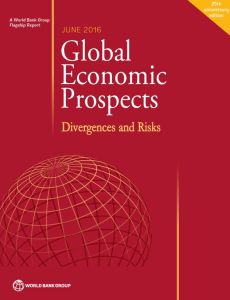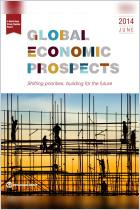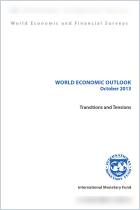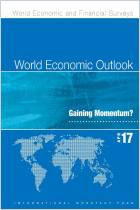Join getAbstract to access the summary!

Join getAbstract to access the summary!
World Bank Group
Global Economic Prospects June 2016
Divergences and Risks
World Bank, 2016
What's inside?
The prospects for global growth in 2016 are mired in uncertainty.
Recommendation
The international economic complex continues to inch forward, continuing its years-long recovery from the 2008 global financial crisis. Yet policy officials and economists at the World Bank expect the pace of expansion to slow substantively during the rest of 2016. The sclerotic growth is fomenting political and economic turmoil – witness the Brexit vote – and a far more pronounced nationalist tone across the sovereign landscape. The weak forecasts for developed and developing markets are of particular concern; both lack resiliency in an environment with high public and private debt levels, low commodity prices, and potentially volatile global capital flows. getAbstract recommends this comprehensive and authoritative mid-year review on the state of the global economy to executives, economists and investors.
Summary
About the Author
The World Bank provides financial and technical assistance to developing countries.



























Comment on this summary